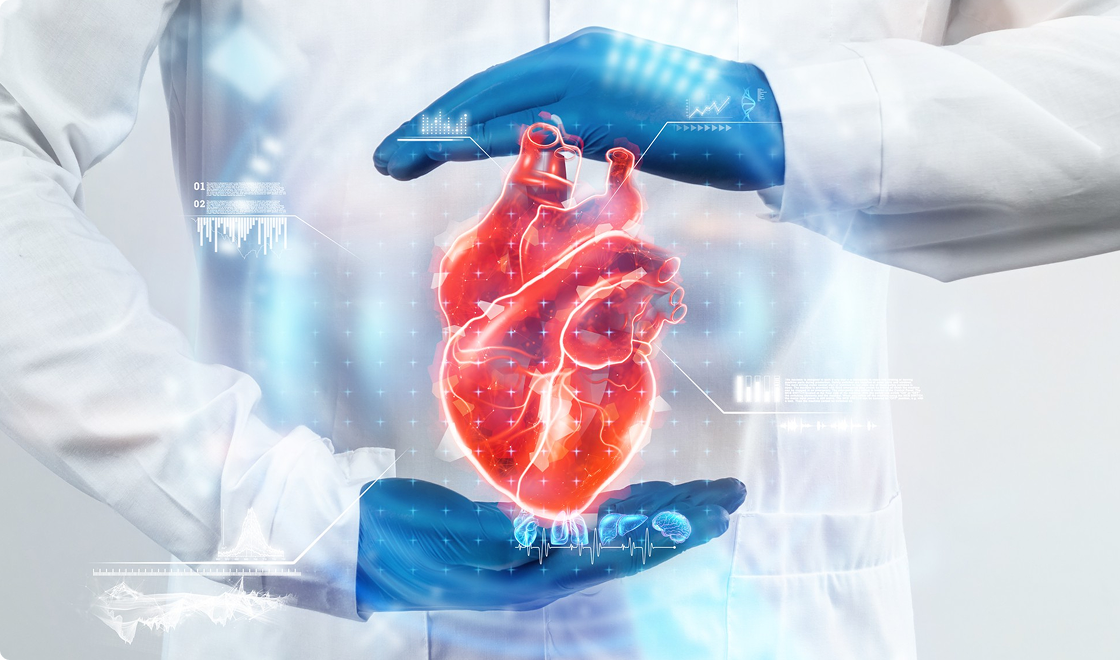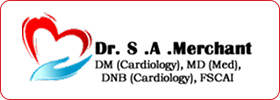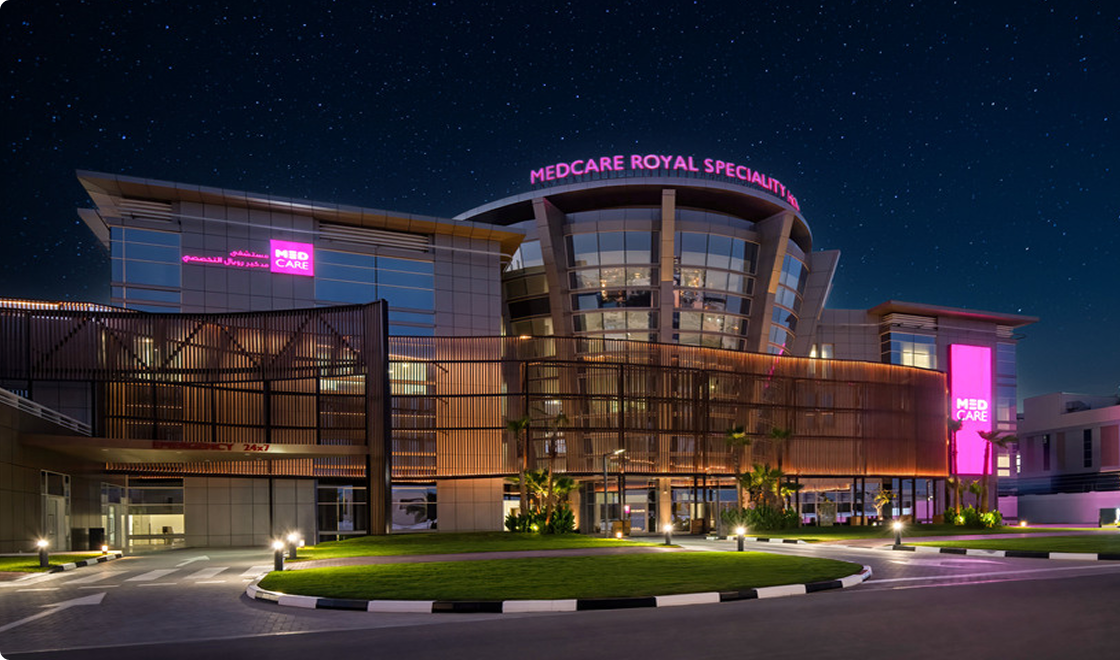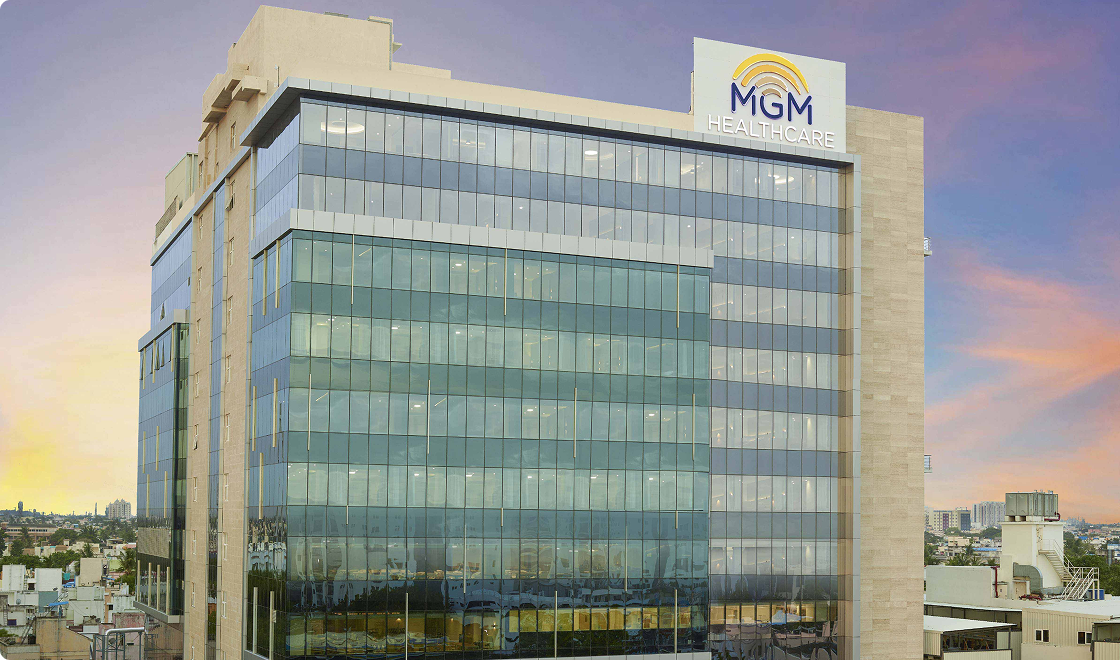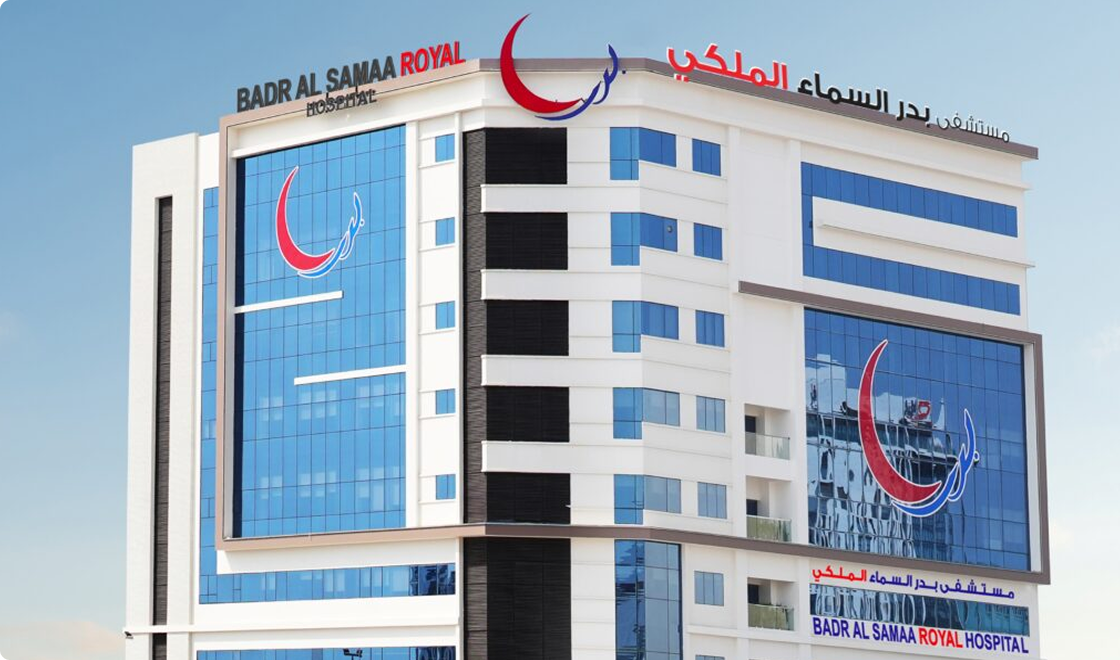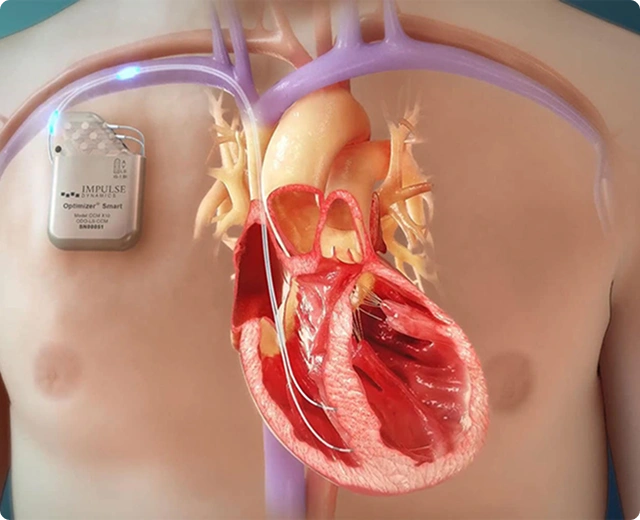
Device Therapies for Heart Failure
Device therapies for heart failure treatment are a key category of non-medication interventions aimed at stabilizing and enhancing cardiac function. Implantable cardiac devices include pacemakers, ICDs, and cardiac resynchronization treatment systems. Unlike pharmaceuticals, device-based treatments directly repair electrical conduction abnormalities, control cardiac rhythms, and improve heart pumping efficiency. Cardiac devices for heart failure are frequently indicated when medication alone is insufficient, providing an important approach for improving heart function while minimizing hospitalization risks.
Types of Devices Used inHeart Failure Management
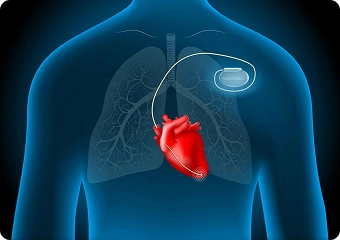
Pacemaker
Pacemakers help patients with heart failure by regulating slow or irregular heart rhythms, particularly bradycardia, conduction abnormalities, and other arrhythmias. These implantable devices send periodic electrical impulses to keep the heart rate stable, alleviate symptoms like weariness and dizziness, and improve overall cardiac output for better heart performance.
Cardiac Resynchronization Therapy with a Defibrillator (CRT-D)
Cardiac Resynchronization Therapy with a Defibrillator (CRT-D) is advised to patients with moderate to severe heart failure and electrical conduction delays. It provides synchronized pacing to both ventricles, enhancing cardiac coordination and function. The defibrillator component also identifies and cures life-threatening arrhythmias, which reduces symptoms of heart failure and prevents sudden cardiac death.
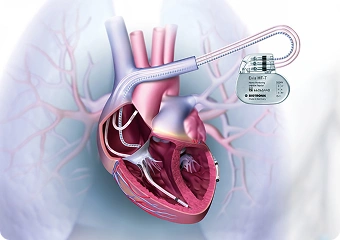
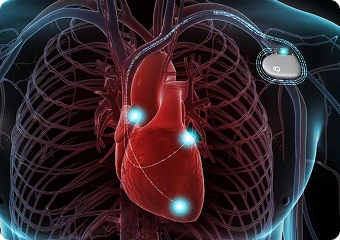
Implantable Cardioverter Defibrillator (ICD)
An Implantable Cardioverter Defibrillator (ICD) is used in preventing sudden cardiac arrest in patients at high risk due to heart failure or prior arrhythmias. The device continually monitors heart rhythms and provides immediate electrical shocks when it detects life-threatening ventricular arrhythmias, reducing mortality and improving long-term cardiac safety in heart failure care.
Cardiac Resynchronization Therapy (CRT)
Cardiac Resynchronization Therapy enhances heart function by restoring synchronous heartbeats between the heart's ventricles. CRT uses a specific pacing mechanism to electrically stimulate both ventricles to pulse in sync. This therapy is especially effective for individuals with a large QRS complex and a low ejection fraction, as it relieves symptoms and improves heart efficiency.
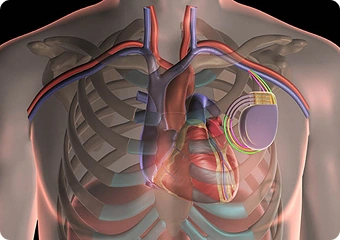
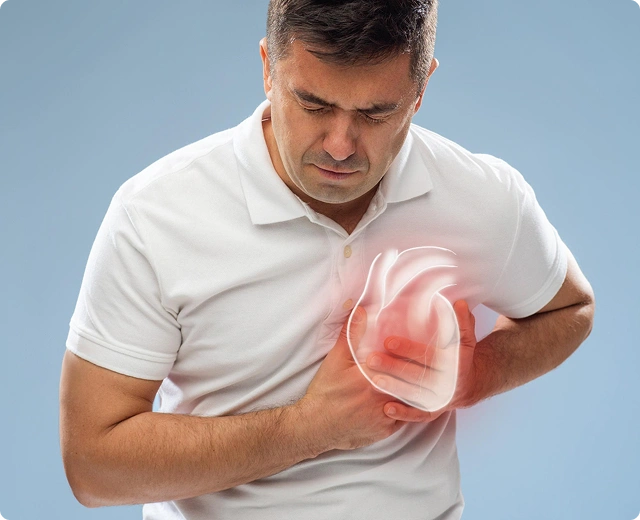
When Are Device Therapies Recommended
Implantable devices for heart failure are often advised if:
- Patients experience moderate to severe heart failure symptoms despite receiving appropriate medical treatment
- Existence of conduction abnormalities or arrhythmias
- Reduced left ventricular ejection fraction.
- High chance of abrupt cardiac arrest.
- Ineligibility for a heart transplant or those awaiting one
These devices for managing heart failure help to stabilize the condition and improve results.
Benefits of Device-Based Treatment
Device-based therapies are an effective heart failure treatment without transplant, providing mechanical support to restore heart rhythm and function. These technologies increase cardiac output, lower the risk of arrhythmias, and promote cardiovascular stability. Implantable devices, as part of the long-term therapy of heart failure, help reduce hospitalizations, improve quality of life, and allow for prolonged symptom control in patients who may not be candidates for transplant procedures.
Why Choose Us for Device-Based Heart Failure Treatment?
Expert Team
Specialists in cardiology, surgery, and electrophysiology ensure safe, effective cardiac device implantation.
Advanced Technology
Access to the latest innovations including CRT, ICD, and LVAD systems.
Personalized Care
Tailored therapy plans using advanced diagnostics like MRI, PET scans, and angiography to ensure precise treatment.
Ongoing Support
Long-term monitoring and structured follow-up are integrated to maintain therapy effectiveness and patient stability.
Global Presence
Seamless access to specialized heart failure device therapies across major service locations, Chennai, Mumbai, Dubai, and Oman.
Our Locations
Discover moreFAQ’s frequently asked questions
-
Most patients are able to resume regular daily activities following recovery, provided appropriate follow-up care and device monitoring are maintained.
-
Device longevity typically ranges from 5 to 15 years, depending on the specific type, battery usage, and individual patient needs.
-
Selection depends on clinical factors such as heart rhythm abnormalities, ejection fraction, and symptom severity; commonly recommended devices include ICD, CRT, or CRT-D.

